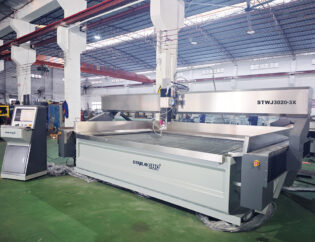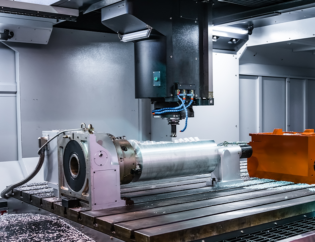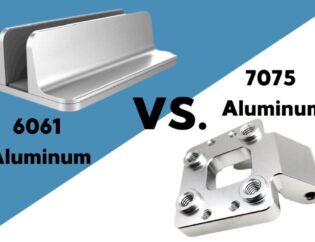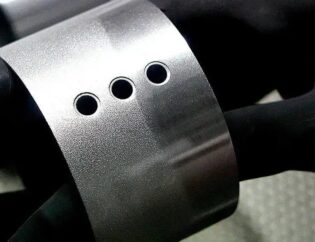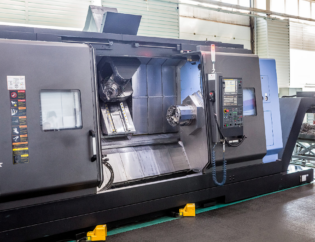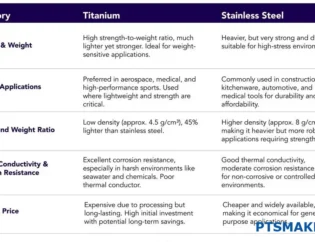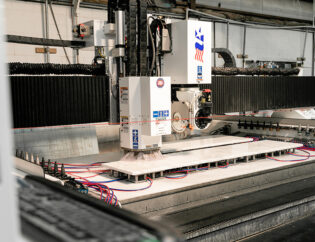CNC chucks play a crucial role in the precision machining industry, serving as the interface between the machine and the workpiece. Understanding their functionality and types is essential for achieving optimal performance in CNC operations. This guide delves into the intricacies of CNC chucks, providing insights into their design, application, and maintenance.
Readers can expect to learn about the various types of CNC chucks, including manual, hydraulic, and pneumatic options. We will explore their unique features, advantages, and best practices for selection based on specific machining needs. Additionally, the guide will cover troubleshooting tips and maintenance strategies to enhance the longevity and efficiency of CNC chucks.
By the end of this guide, readers will have a comprehensive understanding of CNC chucks, empowering them to make informed decisions in their machining processes. Whether you are a seasoned machinist or a newcomer to the field, this resource will equip you with the knowledge to optimize your CNC operations effectively.
Comprehensive Guide to CNC Chucks
CNC chucks are essential components in modern machining, providing the necessary grip and stability for workpieces during various operations. They are designed to hold and secure materials in place, ensuring precision and accuracy in machining tasks. This guide will delve into the different types of CNC chucks, their technical features, and the advantages they offer in various applications.
Understanding CNC Chucks
CNC chucks come in various designs, each tailored for specific machining needs. They are primarily used in CNC lathes and milling machines, where they play a crucial role in workholding. The choice of chuck can significantly impact the efficiency and quality of machining operations.
Technical Features of CNC Chucks
When selecting a CNC chuck, it is essential to consider several technical features that can influence performance. Below is a comparison table highlighting key features of different CNC chucks:
| Feature | CNC Collet Chucks | Three-Jaw Chucks | Four-Jaw Chucks |
|---|---|---|---|
| Grip Type | Parallel grip | Self-centering | Independent grip |
| Setup Time | Fast (10 seconds) | Moderate | Longer |
| Workpiece Size Range | 1/16″ to 4″ diameter | Varies, typically larger | Varies, can handle irregular shapes |
| Accuracy | Up to 0.0002″ TIR | Moderate (depends on setup) | High (depends on operator skill) |
| Changeover Speed | Very fast (Quick-Grip™ technology) | Slower (requires jaw adjustment) | Moderate (requires jaw adjustment) |
| Best Use Case | High-speed machining | General-purpose | Irregularly shaped workpieces |
| Material Compatibility | Various materials | Various materials | Various materials |
Types of CNC Chucks
CNC chucks can be categorized into several types based on their design and functionality. Each type has its unique advantages and is suited for specific applications. The following table summarizes the different types of CNC chucks:
| Chuck Type | Description | Advantages |
|---|---|---|
| Collet Chucks | Use collets to grip the workpiece, providing high precision. | Fast changeovers, excellent grip force. |
| Three-Jaw Chucks | Self-centering chucks that grip round workpieces uniformly. | Versatile, easy to use for general applications. |
| Four-Jaw Chucks | Independent jaws allow for gripping irregularly shaped workpieces. | High precision for complex shapes. |
| Power Chucks | Hydraulic or pneumatic chucks that provide strong gripping force. | Ideal for high-speed operations. |
| Manual Chucks | Operated by hand, suitable for smaller machines. | Cost-effective and simple to use. |
Advantages of CNC Chucks
CNC chucks offer numerous advantages that enhance machining efficiency and accuracy. For instance, collet chucks, such as those available at royalproducts.com, provide ultra-precision accuracy and quick changeovers, making them ideal for high-speed applications. On the other hand, three-jaw chucks are versatile and user-friendly, suitable for a wide range of machining tasks.
Additionally, companies like www.mcmaster.com and www.ajaxtoolsupply.com offer a variety of CNC chucks that cater to different machining needs, ensuring that users can find the right tool for their specific applications.
Conclusion
In conclusion, CNC chucks are vital components in the machining process, providing the necessary grip and stability for workpieces. Understanding the different types of chucks and their technical features can help machinists make informed decisions, ultimately leading to improved efficiency and accuracy in their operations. Whether you choose collet chucks for their speed and precision or three-jaw chucks for their versatility, the right CNC chuck can significantly enhance your machining capabilities.
FAQs
1. What is the primary function of a CNC chuck?
CNC chucks are designed to hold and secure workpieces during machining operations, ensuring precision and stability.
2. How do collet chucks differ from three-jaw chucks?
Collet chucks provide a parallel grip and are ideal for high-speed applications, while three-jaw chucks are self-centering and versatile for general use.
3. Can I use a CNC chuck for irregularly shaped workpieces?
Yes, four-jaw chucks are specifically designed to grip irregularly shaped workpieces, providing high precision.
4. Where can I purchase CNC chucks?
CNC chucks can be purchased from various suppliers, including www.mcmaster.com, royalproducts.com, and www.techniksusa.com.
5. What is the advantage of using power chucks?
Power chucks provide strong gripping force and are ideal for high-speed operations, enhancing productivity in machining tasks.



